Rachel Alexander's Blog, page 52
July 29, 2021
July 28, 2021
starlit-chaos-witch:
acookiecalledlizzy:therkalexander:One who is twice woven, cannot remain your own. Two the ether...


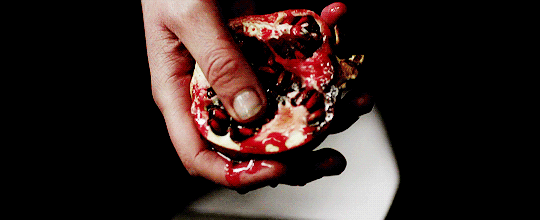



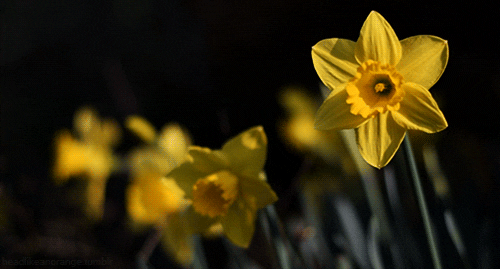
One who is twice woven, cannot remain your own. Two the ether bound, who shines the torch in darkness. Three the blessed harbinger who reaps the reaper’s heart.
Nearly a century has passed since Hades and Persephone’s children were foretold, but their efforts to conceive have been in vain. A secret rite on Samothrace conducted by the gifted hymnist, Orpheus, might finally bend the will of the Fates and give the King and Queen of the Underworld everything they have ever dreamed of, or pave a path of unimaginable suffering.
Hades and Persephone’s sway over the mortals has only grown, drawing the covetous attention of the Olympian gods. When a hastily made oath, a silver lyre, and the returning restless dead put the gods below at odds with Olympus, it could shatter the peace that has existed between the realms since the Titanomachy.
The Good Counselor continues the erotic Underworld romance that began with Rachel Alexander’s highly-acclaimed novel, Receiver of Many.
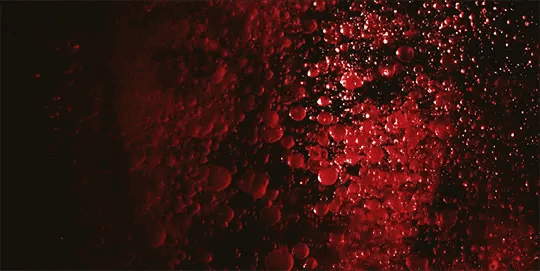
THE GOOD COUNSELOR • 3/22/2022
Preorder:
Kindle • iBooks • Nook • PAPERBACK COMING SOON
I AM SO HYPED ABOUT IT OMG
July 27, 2021
met-greekroman-art:
Terracotta oil lamp, Metropolitan Museum of...
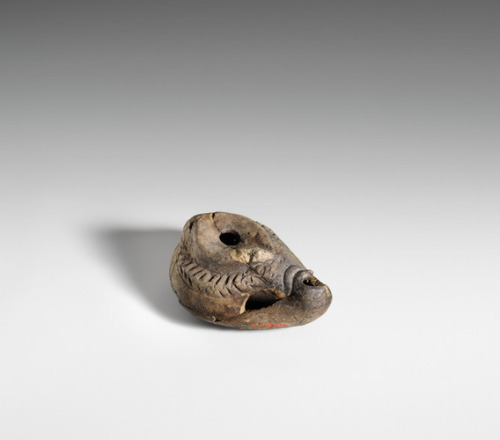
Terracotta oil lamp, Metropolitan Museum of Art: Greek and Roman Art
The Cesnola Collection, Purchased by subscription, 1874–76
Size: 1 ¾ × 2 5/16 × 3 ¼ in. (4.5 × 5.8 × 8.2 cm)
Medium: Terracottahttps://www.metmuseum.org/art/collection/search/241737
met-ancient-art:
Brooch with a lion, ca. 6th–5th century B.C.,...

Brooch with a lion, ca. 6th–5th century B.C., Metropolitan Museum of Art: Ancient Near Eastern Art
Gift of Norbert Schimmel Trust, 1989
Size: 0.94 x 1.5 x 1.26 in. (2.39 x 3.81 x 3.2 cm)
Medium: Electrumhttps://www.metmuseum.org/art/collection/search/327411
met-greekroman-art:
Pin, Metropolitan Museum of Art: Greek and...
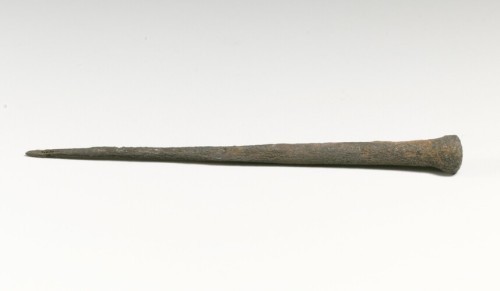
Pin, Metropolitan Museum of Art: Greek and Roman Art
The Cesnola Collection, Purchased by subscription, 1874–76
Size: Other: 3 7/8in. (9.8cm)
Medium: Bronzehttps://www.metmuseum.org/art/collection/search/244246
Hi, there! I love your story "Receiver of Many" and I do like HadesxPersephone; so I want to ask you a question. Since I've read your post regarding the "Why I don't ship Hades and Persepone", I would like to know this, what are the negatives to you in the
All right. I think that a complex question deserves a complex answer, so I decided to break this down into three sections. Issues I have with the Homeric Hymn to Demeter, issues I have with Metamorphoses by Ovid, and issues I have with modern interpretations…
Trigger Warnings: Rape, Abduction, Emotional Abuse
I know Persephone and Demeter shared a lot of sacred plants and animals, but is the something that was only Persephone's symbol? Or maybe something that she shared with Hades? Now that I think about it, besides black livestock I don't think I've read ab
The asphodel was sacred to both Hades and Persephone. In the Suda, a Byzantine encyclopedia from the 10th century CE, it says that the Rhodians adorned the statues of Kore and Artemis (I’m guessing it’s Hekate, since she was sometimes seen as an aspect of Artemis) with wreaths of asphodel.
Then there’s the pomegranate, of course. It seems to have symbolized blood and death, but also fertility and marriage (and as such it was associated with Hera and Aphrodite as well).
On Locrian pinakes Hades and Persephone are often shown together with roosters, but I think it is unclear what the rooster is supposed to represent in this context. It could be a fertility/sexuality symbol and refer to Persephone as the archetypal bride. Or it could represent the soul and the afterlife, referring to Persephone’s role as queen of the dead. Whatever the case, the rooster is associated with other deities as well, not just with Persephone.

As for Hades, mint and white poplar are sometimes associated with him. According to Pausanias, the white poplar was said to first have grown on the banks of the Acheron, a river in Thesprotia where it also was said that the Nekromanteion (oracle of the dead) was located. There is also a late account saying that the white poplar was once Hades’ lover Leuke (is this story mentioned by anyone else than Servius?). Likewise, mint is Hades’ metamorphosed lover Minthe in later sources, but mint (or pennyroyal) was also used to make kykeon, the drink of the Eleusinian Mysteries that were celebrated in the honor of Demeter and Persephone.
The cypress sometimes also had funerary associations, but I think it was a symbol of mourning rather than a symbol of Hades (though Hades was of course, in his capacity as lord of the dead, associated with mourning). In Athens it was custom to hang a cypress branch on the door when you had a dead person in the house.
July 26, 2021
cma-greek-roman-art:
Hairpin, 500-450 BC, Cleveland Museum of...

Hairpin, 500-450 BC, Cleveland Museum of Art: Greek and Roman Art
Size: Overall: 13.9 cm (5 ½ in.)
Medium: ivory
https://clevelandart.org/art/1924.878






